#university of planet
Explore tagged Tumblr posts
Text
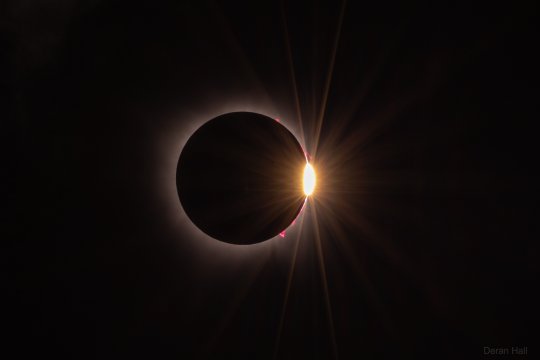


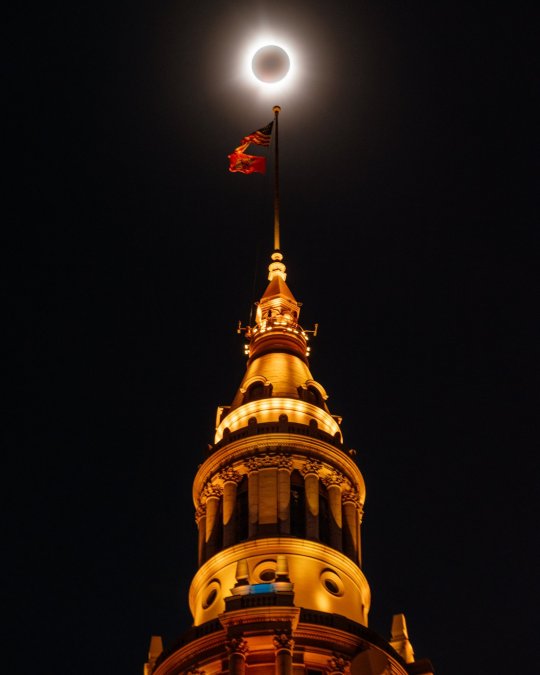


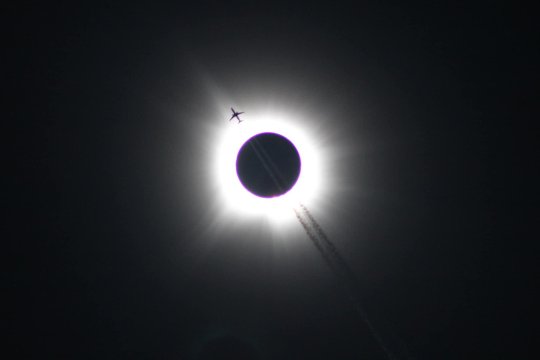
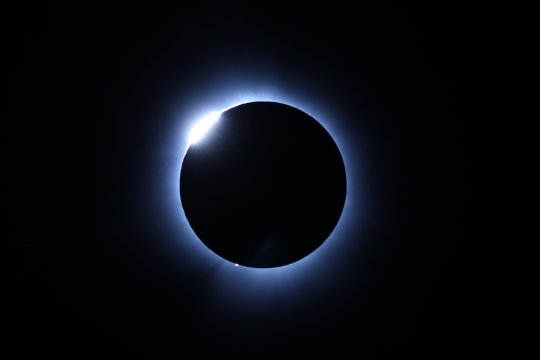


Total Solar Eclipse l April 2024 l U.S. & Canada
Cr. Deran Hall l Rami Ammoun(236) l GabeWasylko l REUTERS l KendallRust l Joshua Intini l Alfredo Juárez l KuzcoKhanda
#total solar eclipse#space#astrophotography#astronomy#solar eclipse#sky#galaxy#planets#universe#solar system#nasa#sun#moon
39K notes
·
View notes
Text


Saturn and Moon © cosmic_background
#saturn#moon#astrophotography#space#planet#stars#galaxy#universe#astronomy#solar system#cosmos#night sky
12K notes
·
View notes
Text
Credits: bby_indigo
#art#artists on tumblr#goth#gothic#witch#witchcore#witchblr#tiktok#photography#funny#lol#haha#humor#meme#memes#spooky#fashion#makeup#galaxy#planets#outer space#universe#space#astronomy
3K notes
·
View notes
Text
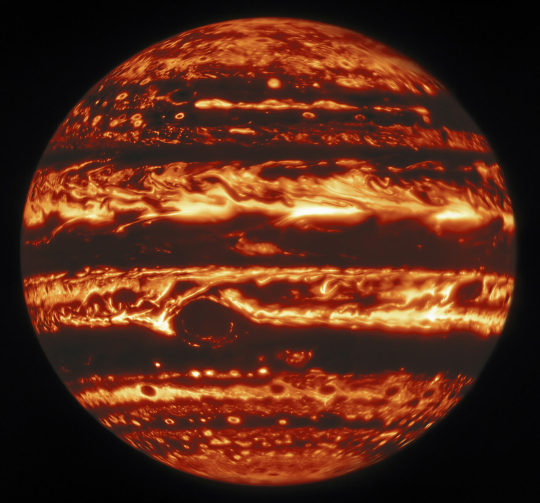
Jupiter in Infrared, Fire Planet
#astronomy#night#sky#space#stars#nasa#science#universe#nebula#galaxy#cosmos#jupiter#infrared#fire#planet
5K notes
·
View notes
Text



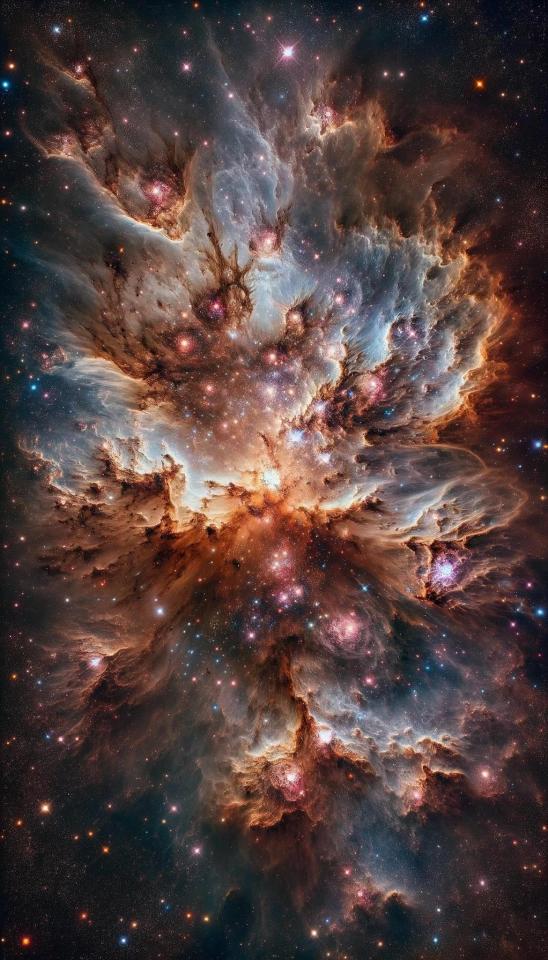
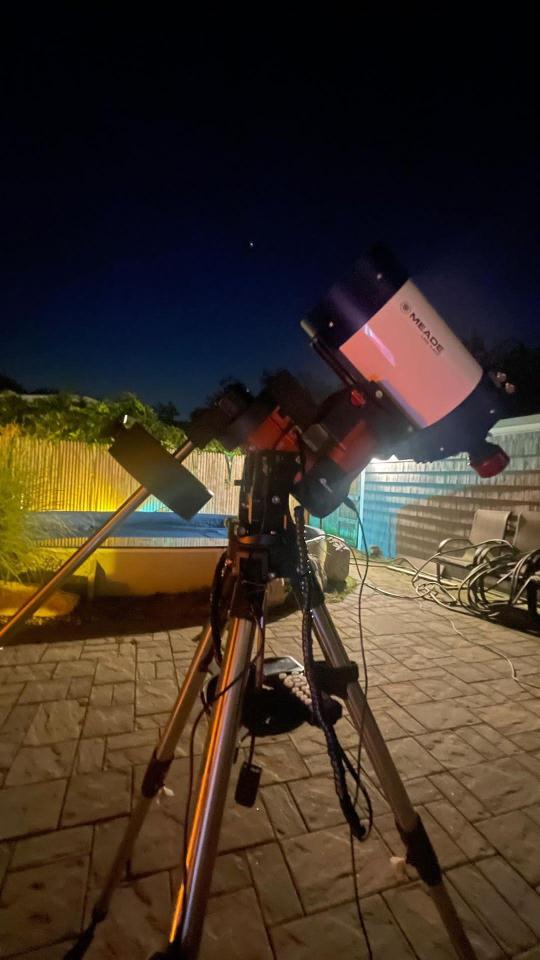
Think we're the only planet with life? 350mp quality. Remember to download to your phone and zoom in. Gets even more beautiful. Yes this is a nebula, yes I know there’s no life in a nebula. Of course these are not real photos. Duh!
#astronomers#astrophysics#astrophotography#astronomy#space station#hubble space telescope#james webb images#james webb#nasawebb#nasa#space photography#universe#astrology#astro observations#astro notes#asterion#telescope#james webb space telescope#mars planet#jupiter planet#saturn planet#planet#planets#space science#space#outer space#james webb space technology#space exploration#jet propulsion#i love astronomy
11K notes
·
View notes
Text









#png#transparent#*mine#*my edit#pngs#planets#venus#earth#jupiter#saturn#uranus#neptune#moon#planets pngs#planet png#universe#astronomy#carrd pngs#carrd icons#carrd#carrd stuff#carrd resources#1k
3K notes
·
View notes
Text

“…humming a tune.”
I am very unwell about alternate Leo.
(Song: 'Dream Sweet in Sea Major' by Miracle Musical)
#rottmnt#rise of the teenage mutant ninja turtles#rottmnt leo#rise leo#tmnt 40th anniversary#rise comic spoilers#listen this will not leave my brain#time dilation or no he was actively aware and being physically teleported to all over the universe#‘bouncing around’#months went by without him im sobbing#I have not slept all night I could not fight the urge to quickly sketch this out haha#bringing back my narinder pencil style for whenever I want to make it quick haha#turtle art tag#it was really fun drawing the planets haha funky mishappen shapes to emphasize the wrongness
3K notes
·
View notes
Text





CW: 18+ MDNI, mech!ghost x pilot!reader, scifi, noncon/dubcon elements, guided masturbation, temperature play, voyeurism - 1.6K words - dividers -> @/cafekitsune
Another long night in the cockpit.
You could only grin and bear it at this point. Reaching compatibility with your assigned vessel was slowly eating away at your psyche- and worst of all, you couldn’t even leave; not when your prospected affinity levels with the infamous machine had been deemed unprecedented, and certainly not when you knew what happened to deserters.
Conscription was non-negotiable these days; the large colony you had grown up in now ravaged by some otherworldly force and desperately bleeding out resources in response, be it weaponry, rations, or bodies.
The faction had been gifted the GH-05t Mech as an act of goodwill, but ask any official and you’d be informed that the powerful, unused machine would serve better as scrap parts- the real kicker being that they were no longer equipped with the resources or the manpower to dismantle the damned thing.
GH-05t was a battle vessel; had been lauded as a ground-breaker and a boundary-pusher with the integration of an intelligent battle protocol system, all trained posthumously off the stored memories of some long-dead pilot, surely without his consent- Simon, they had named it in an attempt to make it more user friendly and assistant-like in nature.
Hubris. The system failed to run, turning the fully-functional mech into a glorified mountainous paperweight due to all of the instrumental functions being locked behind unresponsive intelligence. You speculated that the machine had passed hands to save face- to keep the public hopeful despite the system refusing to wake up.
-Wake up. You groaned, slapping lightly at your face.
You hated it here, longing for lazy days on the bleak outer walls, surrounded by the buzz of cicadas and rustling long grass as you waited for your father to get back from the drillsite. Your parents had been so proud when officials showed up at your dilapidated front porch, neat suits, shining eyes, and big smiles blissfully ignoring the very same surroundings they had left to rot; all while you reeled internally- shaken by the worst news you had received in your life. It was a death sentence.
It had been years since that day, and you were absolutely sure you had only been given a position like this because of some made-up numbers all while they tried to remind you that you were special, somehow different from your peers.
All damned to the same fate in your eyes.
“-load of shit.” you hissed, rubbing at the uncomfortable neuro-valve hooked into the back of your flight suit. Frustrated, you kicked at the mechanical console snug against your leg, the low rumbling whirr of the machine staying the same in response- apathetic to your misdirected rage.
A moment passed before you finally leaned back in your seat with a grimace.
You still weren’t used to the flight suits in the mech pilot regs. You almost missed the starchy cargo pants that were worn throughout training- both had been unbearably stiff, but at least the latter hadn’t been so form-fitting.It always freaked you out a bit; the pilot suits were more akin to sleek exodermis, responsive and shock absorbent- It felt wrong to have something so foreign covering your entire body; unnatural.
Your hips squirmed in the seat, friction suddenly becoming apparent the more you thought about it. The low tone of your monitored vitals raised gradually with the fuzzy heat beginning to shamefully pool in your gut; making you all too glad these late night bonding-sessions were done in an all but abandoned mech bay- your observed progress dwindling along with your prospects as time went on without result.
Grinding into the seat, you swallowed back the thick saliva coating your mouth, teeth catching on your dry bottom lip as you held back a low, audible shudder; eyes fluttering shut.
The bulky panel separating your legs became all too appealing as you acknowledged the press of it at your sealed cunt, nudging your apex into the blunt peak while your gloved hands curled around the padding of the built-in armrests.
Then, there was a pulse at your core.
Eyes snapping open, you became all too aware that the sensation hadn’t come from your body. Straightening up in your seat you were met with a dull blinking text on the panel that had never been there before-
‘Battle Intelligence System
STATUS: LOADING’
You were rooted in place as you witnessed the glowing, digital bar slowly fill.
‘Battle Intelligence System
STATUS: ONLINE’
You scrambled to pull at the neuro-valve connecting your suit to the mech, only for the small port’s flight locks to engage; a stark hiss emitting from the cockpit door’s airlock.
“Disengage locks.” you commanded, completely lost on what was happening.
There was a low, fractured robotic groan directly in your comms “-Fuck…” the voice was deep, aggressively masculine and breathy in your ear- the sound holding more human emotion than you were prepared to rationalize. “Where am I?”
“-Disengage locks.” you repeated firmly.
“The fuck is this?” he snarled, apparently coming to as he barked out questions, disoriented. “-Who are you- why are you in m’head- Fuck, why can’t I see?”
Your suit was flexing and constricting, going haywire in the confusion. “C-calm down!” you stuttered, a pendulum in your head swinging between gripping dread and the low, heady heat of unmet needs. “Just-Just let me see if I can fix this.”
Panting shakily, you swiped at the flight panel’s screen- spotting something containing the words ‘optical’ and ‘sensors’, you tapped frantically.
There was an audible wince deep in your ear, then a growling hum met with silence.
“M'dead, aren’t I?”
“-You’re a memory bank- not a person.” you asserted, clarification necessary when it came to a massive mobile death machine. ”C-Can you lay off the suit, please?”
A pulsing wave passed the length of your suit as he listened to your embarrassed response over the comms, the sound of his voice bouncing around in your head. “Fuck, bet tha’ feels nice, yeah?”
A whine bubbled at your lips before you could stop it. “I- You’re not l-listening, Simon.”
There was a long silence following your plea- air electric and tense.
“Tha’ name- How do you know it?”
“N-not the point!” you argued, only to be met with a full body squeeze- a threat. “-It’s the name of the o-operating system! P-please!”
He relented, your chest heaving as your muscles released tension.
“Well, if you an'I are so close...”
The screen flashed with a notice.
‘[Main Cockpit Camera Feed - Status: Active]’
Followed by another
‘[Manual Override - Feed Transmission Blocked]’
“-Keep things between us, yeah?”
Your head swivelled around to look for a camera, landing on a lackadaisical red blink coming from right above the reinforced windshield.
“You're a sight, aren’t you?" listening closely, you could hear the audible scroll of the lens focusing.
You frowned. “Let me out-”
You gasped as a cold heat focused at your core, reminding you that your suit’s temperature regulating measures were completely under his control. “-No need for fuss, we were just getting t’know each other.”
“Th…” you paused, panting softly. “-This doesn’t make any sense.”
“What’s not to get, Love?” there was a pause as your seat adjusted forward, bumping your cunt into the console. “Give us a show, yeah?”
You whimpered in response, pressure unbearable.
“Look at you.” he snarled, the deep sound goading your rocking hips onward. “Fuck- Wish I could taste you…”
There was a small noise from the screen that had your heavy lids pulling upwards- database bringing up the low-res file of a soldier.
“-Look at the man doing this to you, love.”
Your lips parted, eyebrows drawing downwards in confusion as you looked at the attached image; a masked man with voids for pupils staring back at you.
“Y-You’re not-” you gasped as a concentrated cold rushed your breast, nipples pearling up uncomfortably at the sensation- the friction of your undergarments and the newly dropping temperatures sending your head soaring as your hips worked at grinding into the blunt metal. ”-not r-real.”
“-I am.” His voice was a sharp, humorous growl that threatened you to challenge his word, followed by a single deep laugh. “Eyes up- on me, love.”
Your head bobbed as you glanced lazily at the file, unable to make any sense of the written data- not that it mattered anyway.
“Think you can finish for me?”
The suit pulsed rhythmically as you practically humped your seat with eyes screwed shut, the humiliation of your current position itching at something unfamiliar deep in your abdomen. With flushed cheeks, you chased the bubbling pot that made a home in your gut; willing it to boil over.
“Look at me.” he ordered. “Need y'to look at me.”
Glancing at the screen in a haze, the exomuscles of your suit flexed in response.
“No- Up.”
your head shot towards the camera, holding contact with the whirring lens as the overstimulation finally became too much- pussy fluttering in euphoria with elbows bracing you, hips pathetically grinding out the high.
Struggling to catch your breath, you slumped back into the chair- gears adjusting your seat back into a comfortable position.
“Good.” the voice in your ear barked, before lowering incrementally. “-Good…”
The screen lit up with a notice that compatibility requirements had been met- although it didn't mean much to you in your state; chest heaving slowly while you tried to make sense of what happened.
“Gonna’ let you out- but this has got to stay our secret, yeah?”
You swallowed, eyelids tugging open as your suit tensed in warning.
“How copy?”
“Y-Yes.”
“Good,” he paused. “-don't need anyone but you poking around up here.”
#was debating whether i should post this or not#i am going to run away from my computer now. maybe flee the planet.#simon ghost riley x reader#ghost x reader#ghost#x reader#au#alternate universe#tw noncon#cloth writes
1K notes
·
View notes
Text
3K notes
·
View notes
Text

NGC 4038 and NGC 4039
13K notes
·
View notes
Text

Look up
#alberto navajo#illustration#comic art#janf#dc#dc comics#superman#superman 2025#superman movie#james gunn#metropolis#daily planet#clark kent#kal el#supes#superman legacy#dc studios#dc universe#dc heroes#justice league#lois lane#lex luthor#winsor and newton
1K notes
·
View notes
Text

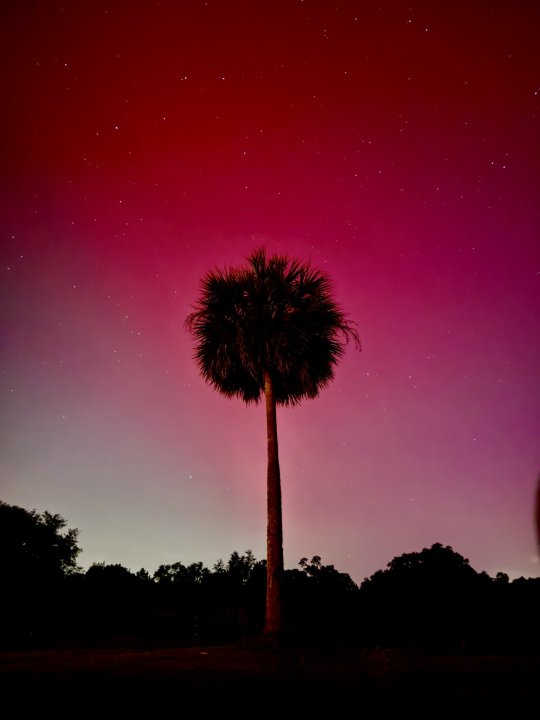
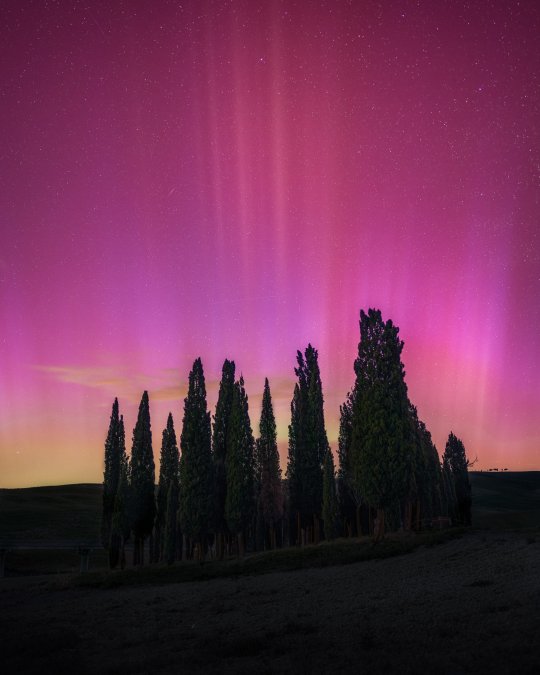
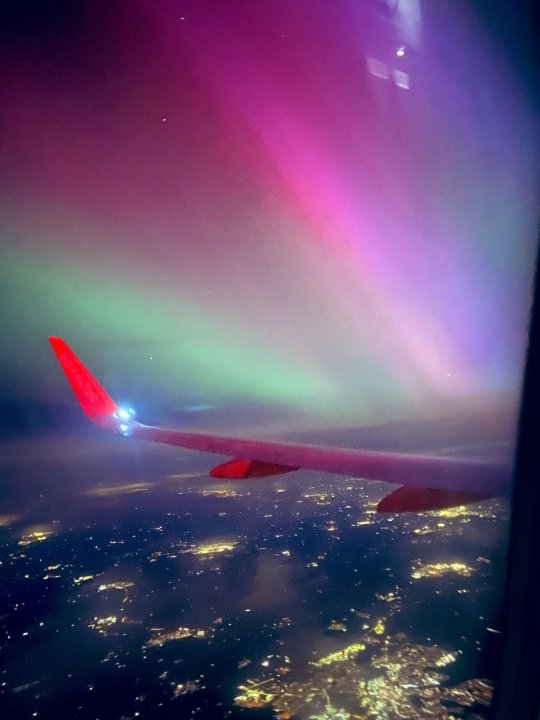

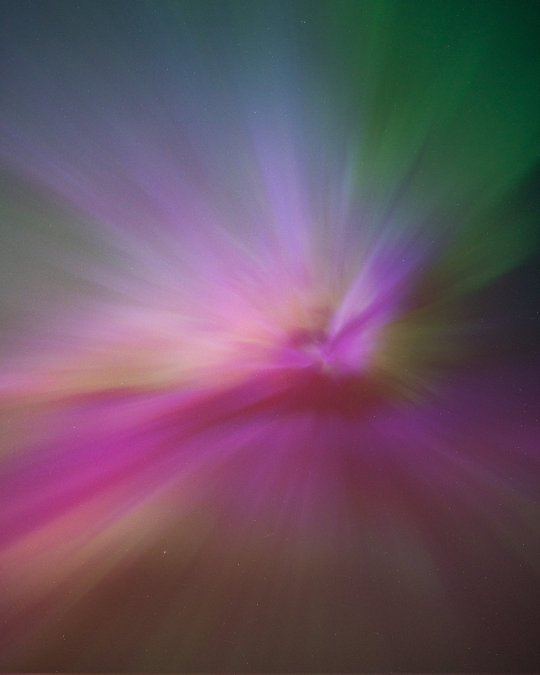

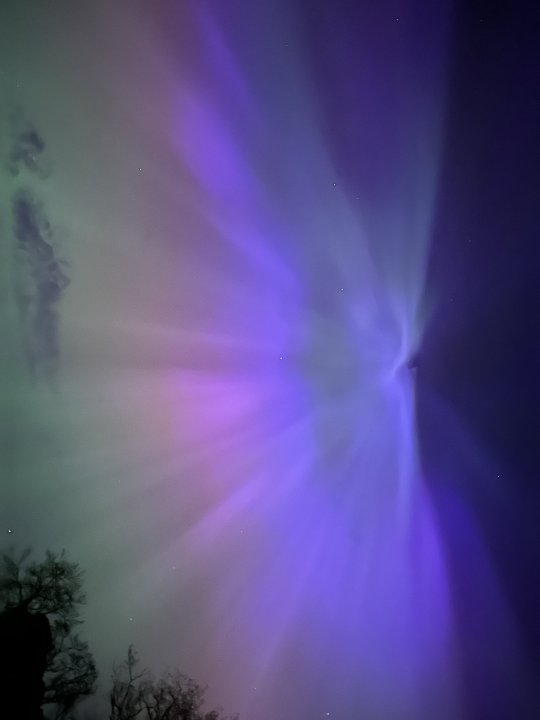
Northern Lights
l May 2024 l Andrew McCarthy l Logan Parham l Shane Ware l Joseph Alsousou l Neil Thomas l Greg Sheard l Sebastian Voltmer l TheSolarCan
#aurora#europe#usa#aurora borealis#space#night#stars#sky#northern lights#2024#may#universe#astrophotography#astronomy#nasa#solar system#galaxy#planets
29K notes
·
View notes
Text

The Moon Dressed Like Saturn ©
#moon#nasa#apod#space#universe#astrophotography#stars#planet#solar system#galaxy#astronomy#cosmos#night sky
11K notes
·
View notes
Text
A Tour of Cosmic Temperatures
We often think of space as “cold,” but its temperature can vary enormously depending on where you visit. If the difference between summer and winter on Earth feels extreme, imagine the range of temperatures between the coldest and hottest places in the universe — it’s trillions of degrees! So let’s take a tour of cosmic temperatures … from the coldest spots to the hottest temperatures yet achieved.
First, a little vocabulary: Astronomers use the Kelvin temperature scale, which is represented by the symbol K. Going up by 1 K is the same as going up 1°C, but the scale begins at 0 K, or -273°C, which is also called absolute zero. This is the temperature where the atoms in stuff stop moving. We’ll measure our temperatures in this tour in kelvins, but also convert them to make them more familiar!
We’ll start on the chilly end of the scale with our CAL (Cold Atom Lab) on the International Space Station, which can chill atoms to within one ten billionth of a degree above 0 K, just a fraction above absolute zero.

Credit: NASA's Goddard Space Flight Center/Scott Wiessinger
Just slightly warmer is the Resolve sensor inside XRISM, pronounced “crism,” short for the X-ray Imaging and Spectroscopy Mission. This is an international collaboration led by JAXA (Japan Aerospace Exploration Agency) with NASA and ESA (European Space Agency). Resolve operates at one twentieth of a degree above 0 K. Why? To measure the heat from individual X-rays striking its 36 pixels!

Credit: NASA's Goddard Space Flight Center/Scott Wiessinger
Resolve and CAL are both colder than the Boomerang Nebula, the coldest known region in the cosmos at just 1 K! This cloud of dust and gas left over from a Sun-like star is about 5,000 light-years from Earth. Scientists are studying why it’s colder than the natural background temperature of deep space.
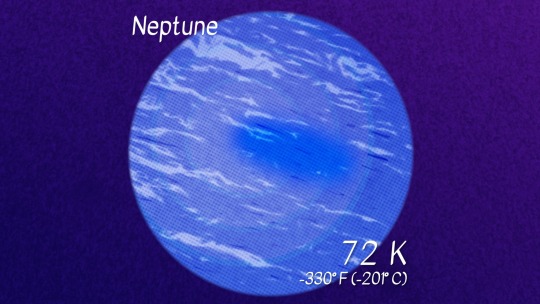
Credit: NASA's Goddard Space Flight Center/Scott Wiessinger
Let’s talk about some temperatures closer to home. Icy gas giant Neptune is the coldest major planet. It has an average temperature of 72 K at the height in its atmosphere where the pressure is equivalent to sea level on Earth. Explore how that compares to other objects in our solar system!

Credit: NASA's Goddard Space Flight Center/Scott Wiessinger
How about Earth? According to NOAA, Death Valley set the world’s surface air temperature record on July 10, 1913. This record of 330 K has yet to be broken — but recent heat waves have come close. (If you’re curious about the coldest temperature measured on Earth, that’d be 183.95 K (-128.6°F or -89.2°C) at Vostok Station, Antarctica, on July 21, 1983.)
We monitor Earth's global average temperature to understand how our planet is changing due to human activities. Last year, 2023, was the warmest year on our record, which stretches back to 1880.
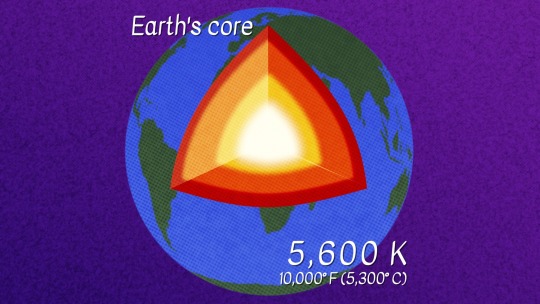
Credit: NASA's Goddard Space Flight Center/Scott Wiessinger
The inside of our planet is even hotter. Earth’s inner core is a solid sphere made of iron and nickel that’s about 759 miles (1,221 kilometers) in radius. It reaches temperatures up to 5,600 K.

Credit: NASA's Goddard Space Flight Center/Scott Wiessinger
We might assume stars would be much hotter than our planet, but the surface of Rigel is only about twice the temperature of Earth’s core at 11,000 K. Rigel is a young, blue star in the constellation Orion, and one of the brightest stars in our night sky.
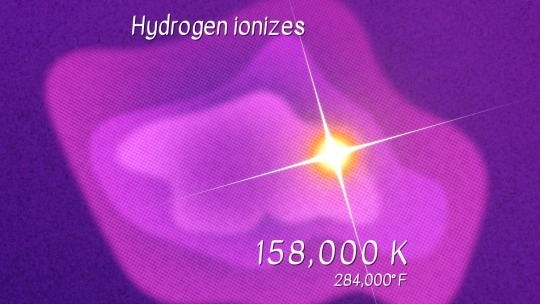
Credit: NASA's Goddard Space Flight Center/Scott Wiessinger
We study temperatures on large and small scales. The electrons in hydrogen, the most abundant element in the universe, can be stripped away from their atoms in a process called ionization at a temperature around 158,000 K. When these electrons join back up with ionized atoms, light is produced. Ionization is what makes some clouds of gas and dust, like the Orion Nebula, glow.

Credit: NASA's Goddard Space Flight Center/Scott Wiessinger
We already talked about the temperature on a star’s surface, but the material surrounding a star gets much, much hotter! Our Sun’s surface is about 5,800 K (10,000°F or 5,500°C), but the outermost layer of the solar atmosphere, called the corona, can reach millions of kelvins.
Our Parker Solar Probe became the first spacecraft to fly through the corona in 2021, helping us answer questions like why it is so much hotter than the Sun's surface. This is one of the mysteries of the Sun that solar scientists have been trying to figure out for years.
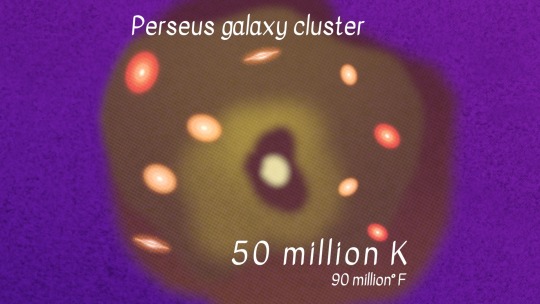
Credit: NASA's Goddard Space Flight Center/Scott Wiessinger
Looking for a hotter spot? Located about 240 million light-years away, the Perseus galaxy cluster contains thousands of galaxies. It’s surrounded by a vast cloud of gas heated up to tens of millions of kelvins that glows in X-ray light. Our telescopes found a giant wave rolling through this cluster’s hot gas, likely due to a smaller cluster grazing it billions of years ago.

Credit: NASA's Goddard Space Flight Center/Scott Wiessinger
Now things are really starting to heat up! When massive stars — ones with eight times the mass of our Sun or more — run out of fuel, they put on a show. On their way to becoming black holes or neutron stars, these stars will shed their outer layers in a supernova explosion. These layers can reach temperatures of 300 million K!

Credit: NASA's Goddard Space Flight Center/Jeremy Schnittman
We couldn’t explore cosmic temperatures without talking about black holes. When stuff gets too close to a black hole, it can become part of a hot, orbiting debris disk with a conical corona swirling above it. As the material churns, it heats up and emits light, making it glow. This hot environment, which can reach temperatures of a billion kelvins, helps us find and study black holes even though they don’t emit light themselves.
JAXA’s XRISM telescope, which we mentioned at the start of our tour, uses its supercool Resolve detector to explore the scorching conditions around these intriguing, extreme objects.

Credit: NASA's Goddard Space Flight Center/CI Lab
Our universe’s origins are even hotter. Just one second after the big bang, our tiny, baby universe consisted of an extremely hot — around 10 billion K — “soup” of light and particles. It had to cool for a few minutes before the first elements could form. The oldest light we can see, the cosmic microwave background, is from about 380,000 years after the big bang, and shows us the heat left over from these earlier moments.

Credit: NASA's Goddard Space Flight Center/Scott Wiessinger
We’ve ventured far in distance and time … but the final spot on our temperature adventure is back on Earth! Scientists use the Large Hadron Collider at CERN to smash teensy particles together at superspeeds to simulate the conditions of the early universe. In 2012, they generated a plasma that was over 5 trillion K, setting a world record for the highest human-made temperature.
Want this tour as a poster? You can download it here in a vertical or horizontal version!
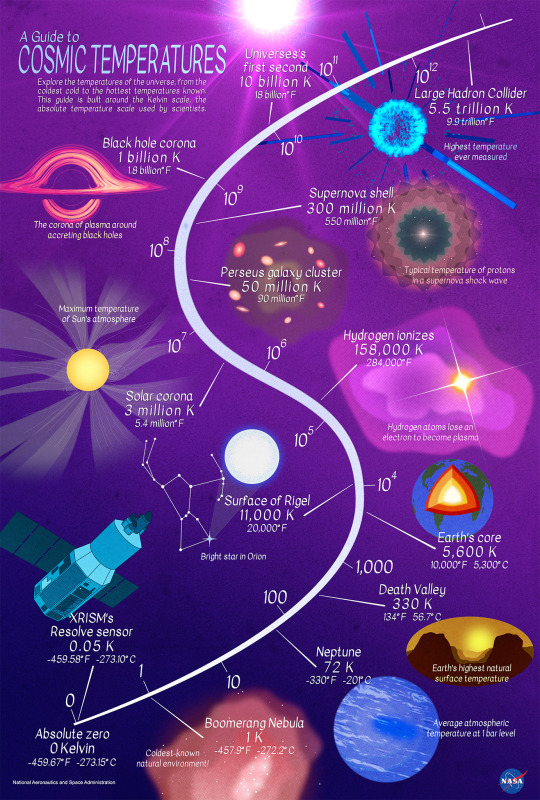
Credit: NASA's Goddard Space Flight Center/Scott Wiessinger
Explore the wonderful and weird cosmos with NASA Universe on X, Facebook, and Instagram. And make sure to follow us on Tumblr for your regular dose of space!
2K notes
·
View notes
Text
Um.. Superman.. what that thing stuck on your cape?
Clark's brain short circuit for a moment as he just got back of flying at great speed in the middle of deep space to thrown one of Lex's giants bombs destroy the city and come back in record time.
He turn a bit to look at his cape to see a tiny humanoid starlight dust covered child with white hair, glowing full green that look like white specks stars were implanted themselves into his big ol eyes, nawing on a handful of stardust with inhumanly sharp itsy bitsy fangs.
A small yet floating crown that look similar to one of Nasa pictures of far out space.
Did he just accidentally abducted an royal alien child/teen?
#dc x dp#dpxdc#danny phantom#dp x dc#dp x dc crossover#dc x dp prompt#dcxdp#danny is the ghost king#Danny's core is space#he eats stardust like a cat on catnip#all j'onn could hear in his mind is an beautiful universal documentary of space along with a guy singing space is so cool in the background#Danny's core took the main pilot of his mind and went apesht on stardust throughout the universal#there are some otherwordly aliens spaceshifts that got totally destroyed during Danny's adventures#another having full on cults that talks about this otherwordly being saving their planets from space invaders#the green lanterns are very concerned on how Superman accidentally kidnapped a alien that wanted alive in other part of the universe#one green lantern is looking as if he just saw his most beloved role model and wouldn't stop speaking in his native tongue with excitement#meanwhile in Danny's dimension is just a normal Tuesday since danny just left on his 3 month vacation as ghost king#danny accidentally thought Superman's cape was something kyptonian and his obsession explode with i wanna touch that#got a free ride along with it
3K notes
·
View notes